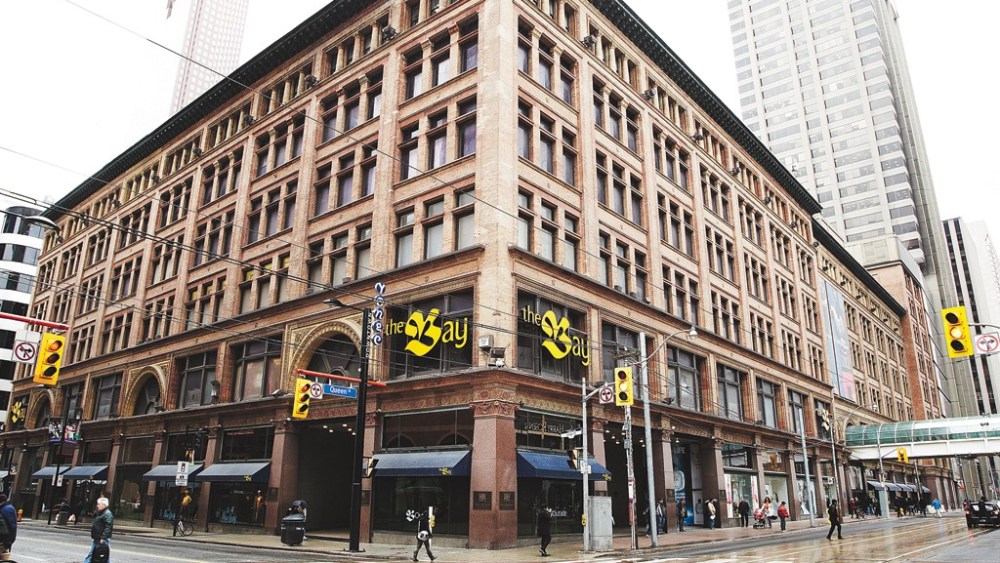LONDON — Luxury’s tough times are temporary, and if brands are willing to be patient and cultivate U.S. and Chinese consumers they will reap rewards, according to speakers at Walpole’s British Luxury Summit 2024.
Chinese and American customers, who already account for 50 percent of global luxury goods sales, will be the engines behind luxury goods growth over the next six years. By 2030, the two countries are set to generate 60 to 65 percent of sales, according to figures from Bain & Co.
Erwan Rambourg, managing director at HSBC in New York and head of global consumer and retail equity research, said that despite current events, with the U.S. gearing up for a presidential election, and Chinese consumer confidence “astonishingly” low, both markets are brimming with long-term opportunity due partly to a new generation of shoppers.
Rambourg said he’s more bullish on the U.S., which is still a “significantly under-penetrated” market with regard to luxury brands.
He said that while consumers may recognize bigger names such as Louis Vuitton, Gucci and Tiffany, there is a world of brands that remains undiscovered.

“There is an awareness, and an appetite, for brands,” he said, adding that some European companies had neglected the American demographic in the past.
Pre-COVID-19, “many European brands were complacent. They thought ‘the American consumer looks like us, and thinks like us.’ They were a bit of an afterthought, and the essential focus was on Asia.
“The reality is that Americans don’t think like Europeans at all, and brands are finally doing the work, and adapting their [products and marketing] to a U.S. consumer and to a market that dresses more casually,” he said.
Europe’s brands are also waking up to the new attitudes of the U.S. luxury goods consumer.
“She’s no longer an older, white female living on the Upper East Side of Manhattan,” he said. “And since COVID, the ‘guilt factor’ has evaporated, too. It’s been replaced by YOLO [you only live once] and FOMO [fear of missing out]. These new consumers want to enjoy the day while it lasts.”
The U.S. audience is younger, much more diverse. “They’re African American, Hispanic and Asian American,” he said.
Demographic flows and emerging pockets of wealth will also drive future sales in the U.S.
As an example, Rambourg said brands are “tripping over each other to open their next flagship in Austin, Texas,” and there are myriad locations in places such as Florida, Texas, Arizona and Colorado that are ready to raise their retail game and welcome high-end brands.

China’s progress will take a different shape. Brands need to focus on grabbing market share and pinpointing tourist hotspots in Asia, such as Japan and Thailand, where the middle classes are spending.
Intra-Asian travel is cheaper than in Europe and the U.S., “and it feels safer,” said Rambourg. He added that buying in Hong Kong and in mainland China, and dealing with a familiar sales assistant, is also something that instills confidence in Chinese shoppers.

Growth will come in the long term. “I think the short term is very tough” in China, due to the fundamentals there, he said.
Observers say the Chinese middle classes are worried about property prices, mortgage rates, the cost of living and of their children’s education — and there is little appetite to splurge.
Rambourg said it’s unclear whether recovery is a question of quarters, or of four or five years, as it’s difficult to project too far into the future right now.
According to Rambourg, there are luxury managers in China who believe sales will pick up in the second half this year due to a favorable basis of comparison.
Other consultants and headhunters whom he met on a recent trip to China think a turnaround will take years as the country’s economic transition, from a focus on real estate and infrastructure to future industries such as aerospace, cannot happen overnight.
“There is a contrast between a swoosh-shaped scenario, and a somewhat more depressing L-shaped one,” he said.
Rambourg was one of a lineup of speakers at the summit that took place Monday at The Londoner Hotel in Leicester Square. Others included Carlo Moltrasio, associate partner at Bain & Co.; Amrita Banta, managing director at Agility Research & Strategy, and Anant Sharma, CEO of Matter of Form, the luxury brand design and digital agency.
Walpole, Britain’s luxury industry lobby, said the sector is now worth 81 billion pounds to the U.K. economy, and could reach up to 125 billion pounds in the next five years.
That growth will come despite local headwinds such as the elimination of tax-free shopping under the current Conservative government, trade friction from Brexit and an ongoing cost-of-living crisis.
As reported, Walpole has been campaigning for the return of tax-free shopping and the introduction of “a modern, digital, VAT-free shopping scheme.”
It’s estimated that the return of the policy would be a windfall for the whole U.K., including London. It is projected that the move would add 4.1 billion pounds to the U.K. economy and create an additional 78,000 jobs, according to the report.



